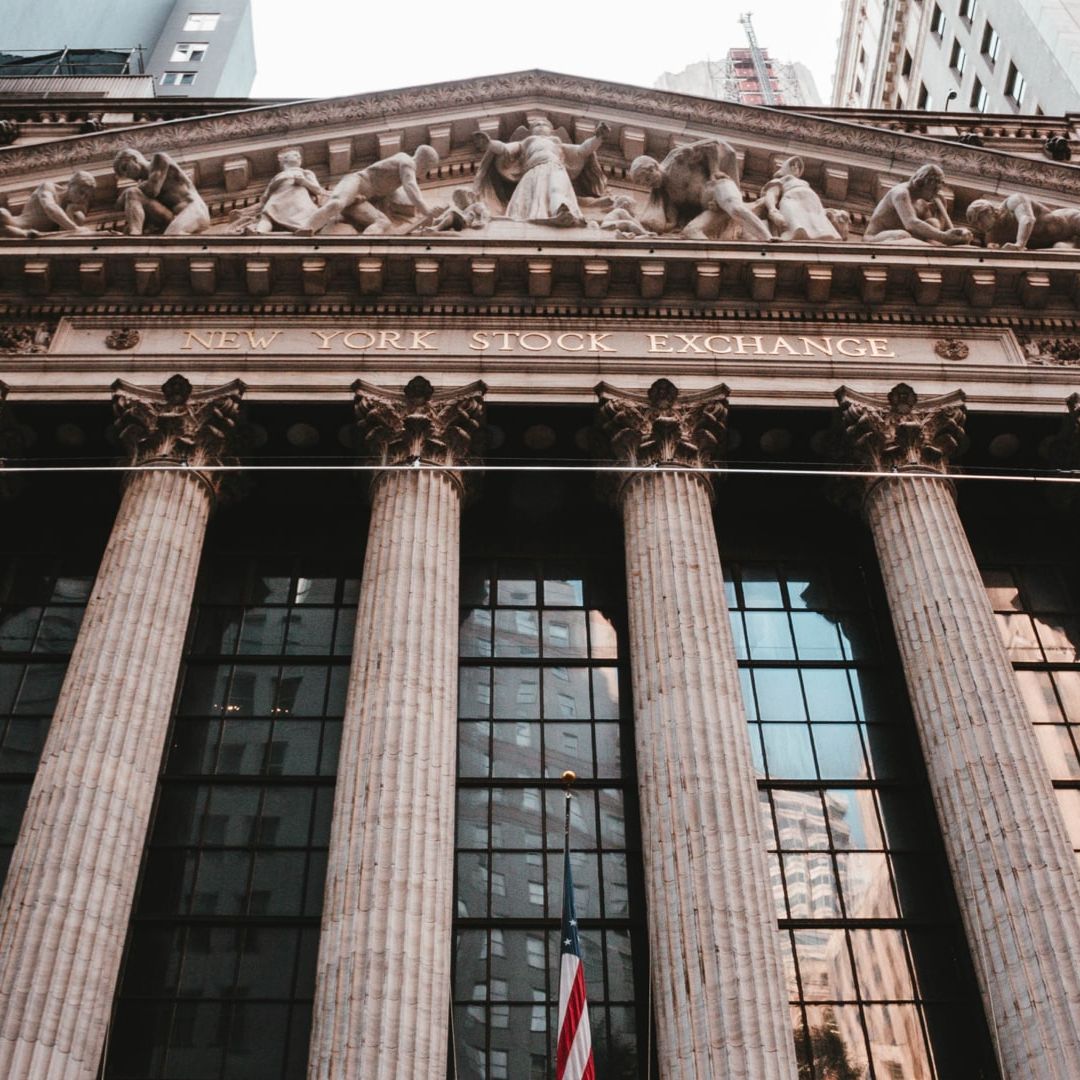Bond yields have seen an increase, with the U.S. 10-year note reaching its highest level since August 2007. According to Dow Jones Market Data, the 10-year yield stood at 4.771% on Tuesday, rising from the 4.173% reported on September 1.
Higher bond yields usually lead to a decrease in stock prices as they indicate higher interest rates that can impact future profits. This trend is particularly evident in the tech sector, as tech companies' valuations are closely tied to their projected future earnings. As a result, the tech-heavy Nasdaq Composite has experienced the largest decline of the three major indexes, falling by 1.6%. In comparison, the Dow and S&P 500 saw decreases of 1.1% and 1.2%, respectively, during afternoon trading.
There are several factors contributing to the rise in bond yields. Here are three key reasons:
Soft Landing Hopes
Some investors are selling longer-dated government bonds as they dismiss concerns about a potential recession. Instead, they are increasingly optimistic about a "soft landing" scenario for the U.S. economy. This refers to a situation where the economy avoids a prolonged contraction after a series of aggressive interest-rate hikes implemented by the Federal Reserve over the past year. As bond yields and prices have an inverse relationship, investors perceive less need for the protection provided by longer-dated Treasuries as the likelihood of a soft landing increases.
According to analysts at 22V Research: "Investors perceive less need for the protection of longer-dated Treasuries as soft landing odds increase. They are buying bills that are above 10 years, which is a shift from last year when investors avoided bills and assumed a hard landing with steep rate cuts."
While bond yields continue to rise, investors are closely monitoring these developments and adjusting their strategies accordingly.
Slowing Growth in China
One possible factor for the recent rise in U.S. long rates may be the slowdown in China, a significant holder of U.S. Treasuries. As growth in China decelerates for cyclical and structural reasons, and Chinese exports to the U.S. decrease, there is a reduced amount of dollars available for China to invest in Treasuries.
A Downgrade of Debt
Additionally, Yardeni Research points out that other major buyers of Treasuries, such as the Federal Reserve and commercial banks, have been decreasing their investments in U.S. debt. This shift has resulted in higher yields. On August 1, Fitch Ratings downgraded U.S. debt from AAA to AA+, which serves as a reminder to investors that fiscal policy is becoming increasingly profligate. To counterbalance this, higher yields have been necessary to attract demand from both domestic and foreign individual and institutional investors.
The Next Level to Watch
The last time the 10-year yield reached 5% on an intraday basis was on July 20, 2007, with a rate of 5.01%, according to Dow Jones Market Data.
Sources: Emily Dattilo

Leave A Reply
Your email address will not be published. Required fields are marked *